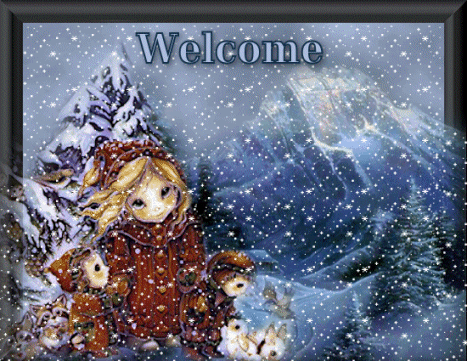I came down over a hill and there he was,
One of our many wonders of nature.
As you can see he is beautiful!
Although I wasn't sure if he was coming to
see me or go the other way!
Thankfully he chose to head away from me!
A small word of advise though, When going
into moose country make sure your
brakes are working properly.
That doesn't just mean stopping power mind you.
It also mean noise power!
Make sure when you press your brakes they don't
sound like a bull moose in rut!
I chose this song because my brakes did!
"mmmuuaaahhh"
I was glad to be on the "road" again!
And I thought I was just going fishing!

The word “moose” comes from the Algonquin word for Moose or “twig eater.” And it’s true, moose do find twigs tasty. They also peel off and munch tree bark. In fact, moose are big-time plant-eaters, downing leaves and buds from trees, shrubs, and low-growing plants. In the summer, moose often feast on water plants such as grasses and pond lilies.
Come fall, a moose chows on lots and lots of these moose-ly meals. That helps it put on a layer of fat. The fat will supply the moose with energy during the long winter months when food is scarce.

Moose Fast Facts
Moose are pretty amazing animals! Check it out here.
Moose are pretty amazing animals! Check it out here.
Moose as celebrity!
The moose is famous! It's the official state animal of Maine. And many places are named after this animal including Moose, Wyoming and Moose Lake, Minnesota.
The moose is famous! It's the official state animal of Maine. And many places are named after this animal including Moose, Wyoming and Moose Lake, Minnesota.
Moose as cow?
When a moose is done eating, as a cow does, it brings up a cud - a bit of partly digested food which it chews on for a while. Then it swallows its cud and fully digests it.
Because moose calves are easy prey for hungry bears, wolves, and cougars, more than half of them don't survive their first year of life. This is true despite the best efforts of the calves' mothers to fiercely protect their babies against these predators.
When a moose is done eating, as a cow does, it brings up a cud - a bit of partly digested food which it chews on for a while. Then it swallows its cud and fully digests it.
Because moose calves are easy prey for hungry bears, wolves, and cougars, more than half of them don't survive their first year of life. This is true despite the best efforts of the calves' mothers to fiercely protect their babies against these predators.
Musical moose.
Moose have many different calls, including squeaks, bleats, whines, claps, wails, hiccups, snorts, and roars.
Moose have many different calls, including squeaks, bleats, whines, claps, wails, hiccups, snorts, and roars.

BAGGY BELL
That flap of skin hanging from a moose’s throat is called a bell. Its purpose? Scientists aren’t sure. Most likely it helps a bull attract a mate. Bulls have larger bells than cows (females) do. Why would a cow need one, then? Guess you could say that the bell remains a bit of a moose-tery.
AWESOME ANTLERS
A bull moose’s rack can be more than six feet wide! Cows don’t have antlers. The bull grows new antlers each spring and sheds them in the winter. His antlers attract mates and, like giant satellite dishes, channel sounds to the bull’s ears. Antlers have other uses, as you’ll
soon find out.
soon find out.
NEAT NOSE
The moose’s nose is great at sniffing out predators or potential mates. And the nostrils close when the moose dips its head underwater!



LONG LEGS
Long legs help a moose get through the drifting snow of its northern woodland home. They also let the moose wade deep into ponds and lakes where it often hangs out.
HEFTY HOOFS
A moose’s sharp, split hoofs and dewclaws (small, extra “toes” on its legs) work as snowshoes. They spread out to support the animal as it walks on snow or muddy ground. The front hoofs deliver nasty kicks to attackers, too.












